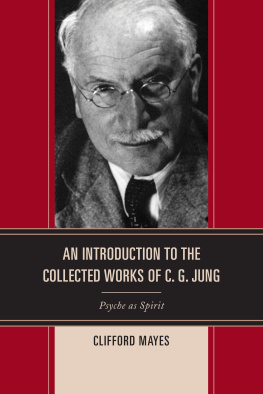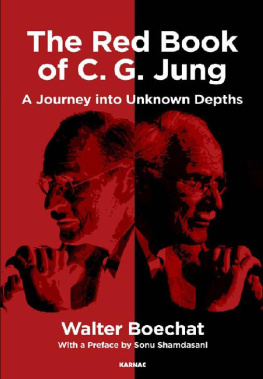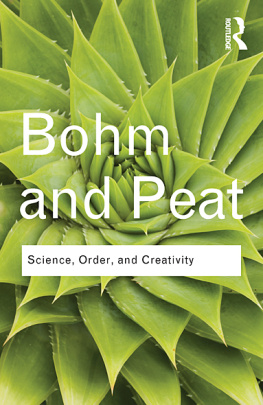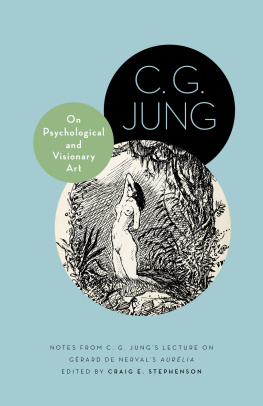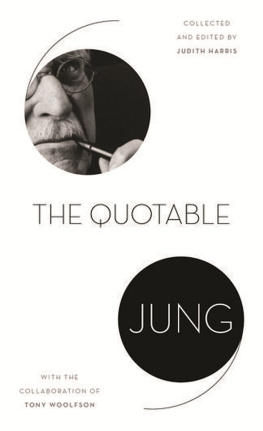Madness and Creativity
Number Eighteen
CAROLYN AND ERNEST FAY SERIES IN ANALYTICAL PSYCHOLOGY
David H. Rosen, General Editor
The Carolyn and Ernest Fay edited book series, based initially on the annual Fay Lecture Series in Analytical Psychology, was established to further the ideas of C. G. Jung among students, faculty, therapists, and other citizens and to enhance scholarly activities related to analytical psychology. The Book Series and Lecture Series address topics of importance to the individual and to society. Both series were generously endowed by Carolyn Grant Fay, the founding president of the C. G. Jung Educational Center in Houston, Texas. The series are in part a memorial to her late husband, Ernest Bel Fay. Carolyn Fay has planted a Jungian tree carrying both her name and that of her late husband, which will bear fruitful ideas and stimulate creative works from this time forward. Texas A&M University and all those who come in contact with the growing Fay Jungian tree are extremely grateful to Carolyn Grant Fay for what she has done. The holder of the McMillan Professorship in Analytical Psychology at Texas A&M functions as the general editor of the Fay Book Series.
A appears at the end of the book.
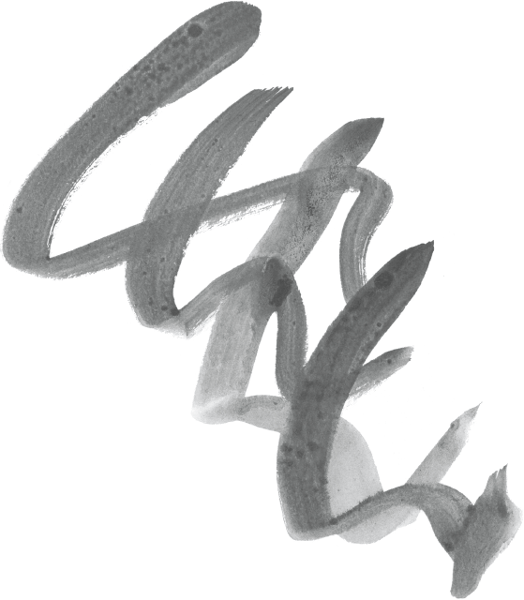
Madness and Creativity
ANN BELFORD ULANOV
Foreword by David H. Rosen
Texas A&M University Press
College Station
Copyright 2013 by Ann Belford Ulanov
Manufactured in the United States of America
All rights reserved
First edition
This paper meets the requirements of ANSI/NISO Z39.481992 (Permanence of Paper).
Binding materials have been chosen for durability.

LIBRARY OF CONGRESS CATALOGING-IN-PUBLICATION DATA
Ulanov, Ann Belford.
Madness and creativity : clinical meditations on themes in the Red book of C.G. Jung / Ann Belford Ulanov ; foreword by David H. Rosen. 1st ed.
p. cm. (Carolyn and Ernest Fay Series in Analytical Psychology ; no. 18)
Includes bibliographical references and index.
ISBN-13: 978-1-60344-949-6 (cloth : alk. paper)
ISBN-10: 1-60344-949-3 (cloth : alk. paper)
ISBN-13: 978-1-60344-995-3 (e-book)
ISBN-10: 1-60344-995-7 (e-book)
1. Creative ability. 2. Mental illness. 3. Jungian psychology. 4. Jung, C. G. (Carl Gustav), 18751961. Liber novus. I. Rosen, David H., 1945 II. Title. III. Series: Carolyn and Ernest Fay series in analytical psychology ; no. 18.
BF408.U436 2013
153.35dc23
2012038475
illustration courtesy Barry Ulanov
In gratitude
to my analysands
and for the work
we do together
Contents
, David H. Rosen
Series Editors Foreword
David H. Rosen
Ann Ulanovs meditations in relationship to The Red Book resonate with my own. She is correct in that reading that book precipitates a crisis. As the Chinese say, a crisis is both dangerous and an opportunity to grow and develop. Reading The Red Book brought back memories of my own brush with suicide. So be prepared for your own egg to crack or shatter. Hence, I recommend that you create or join a group to read and discuss Jungs exciting volume. I also suggest contacting a Jungian society or a Jungian analyst if need be. The Red Book is upsettingeven shockingyet there is quiet after the storm. Finally, digesting Ulanovs fine book will assist anyone attempting to read Jungs great work. The Red Book and Ulanovs thoughtful reflections remind me of the accounts of brave individuals who creatively processed their own experiences of madness: William James, Clifford Beers, James Hillman, William Styron, and Kay Redfield Jamison, to name only a few. Jamison, in particular, has written a brilliant text on madness and creativity. All of these souls, including Jung, feel like fellow travelers into a wild, dark, and uncharted land.
Synchronistically, like Ulanov, I have always focused on the light in the darkness and the healing nature of the creative arts. Stanton Marlan, a previous Fay author, also highlights finding light in darkness as a critical healing process. In addition to letting go and going deeper, I endorse the sacrifice of the ego or ruling principle and the rebirth of ones authentic self. The ego is secondary to that which is beyond the ego, which resembles some kind of higher power. Truth be known: this is why I gravitated from Freud to Jung.
The Red Book is about Jungs break from Freud and his journey to psychic Hell and back, that is, the transformation of his madness into creative purpose. Rightfully so, Jung includes evil in this process. For how else can one know the good without knowing the bad?
Jungs Red Book and Ulanovs meditations on it are honest and illustrate meaninglessness, murderous rage, darkness, hopelessness, and their enantiodromia to the guiding light of meaning, joy, inspiration, and hope. The last three positive attributes are the title of the first Fay Series book, by Verena Kast.
The key to it all is as Bob Dylan prescribed: Youre gonna have to serve somebody. In other words, we need to serve something beyond ourselves, which draws me near to Emmanuel Levinas and his Ethics and Infinity. Levinas maintains that being, as described by Martin Heidegger, is not sufficient; something beyond being (or ego) is required after one stares into the face of evil and goes through a personal death and rebirth experience. This is the struggle with the God-making capacity that is so essential to each individual and for the survival of planet Earth.
After Ulanov gave her Fay lectures, I felt a kinship with her. Yes, we are both Jungians, but it is more. I feel that she is my soul sister. This is an exceptional book by a wise person.
DHR
College Station, Texas, and Eugene, Oregon
Acknowledgments
My abiding thanks to Carolyn Fay whom I met at her Houston Center many years ago when my late husband, Barry Ulanov, and I lectured there. We were struck by the quality of her creative presence manifested in the art, music, dance, and presentations. Carolyns gift of Jung through the Fay Lecture Series, with books to follow, continues her gift of Jungs Analytical Psychology to many generations. My warm thanks to David Rosen and his committee for the honor of inviting me to do the Fay Lectures for 2012 and for his presiding over the lectures and their transformation into a book. My warm thanks to Judith Herrick Beard for her unfailing skills and kindness in typing my draft into a manuscript.
Madness and Creativity
Introduction
Madness and creativity share a kinship. These four chapters present two halves of the same whole. The first two meditate on forms of madness. takes up madness in ourselves, of breakdown, breakup, breakthrough in our personal lives. Madness is real; we all know about it; we can be shattered by rejection, captive to post-traumatic stress disorder after exposure to war or crime. People speak of feeling crazy as what brings them into analysis. A highly functioning woman says she fears she could go insane. An executive partner in her firm comes because life is stalled; she lives suspended. A professor comes because in the midst of her lecture, her mind falls blank and she is mute. A man comes because he needs a place to tell his story, find its thread through three years of being jobless despite a hundred applications and a half-dozen interviews. We all know about madness, our own versions particular to our biography, neighborhood, and country and our time in history. We are located.
Next page

